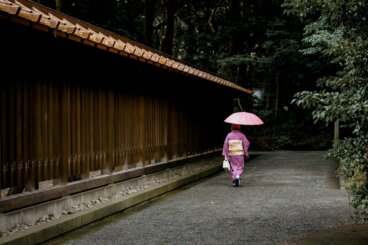Japanese cuisine is a huge reason so many of our travelers visit Japan, but what about traveling through the country if you have serious dietary restrictions or food allergies?
Japanese food is astoundingly varied and overwhelmingly healthy, but traveling around Japan with special dietary requirements — whether you’re vegan, have celiac disease, or adhere to a kosher or halal diet — is no easy feat.
The good news is that it’s definitely possible, with proper advance planning. To help you get more out of your trip we’ve put together this introduction to exploring Japan if you have unique dietary needs.
Originally written in 2016, this post was updated and republished on Dec. 20, 2022.
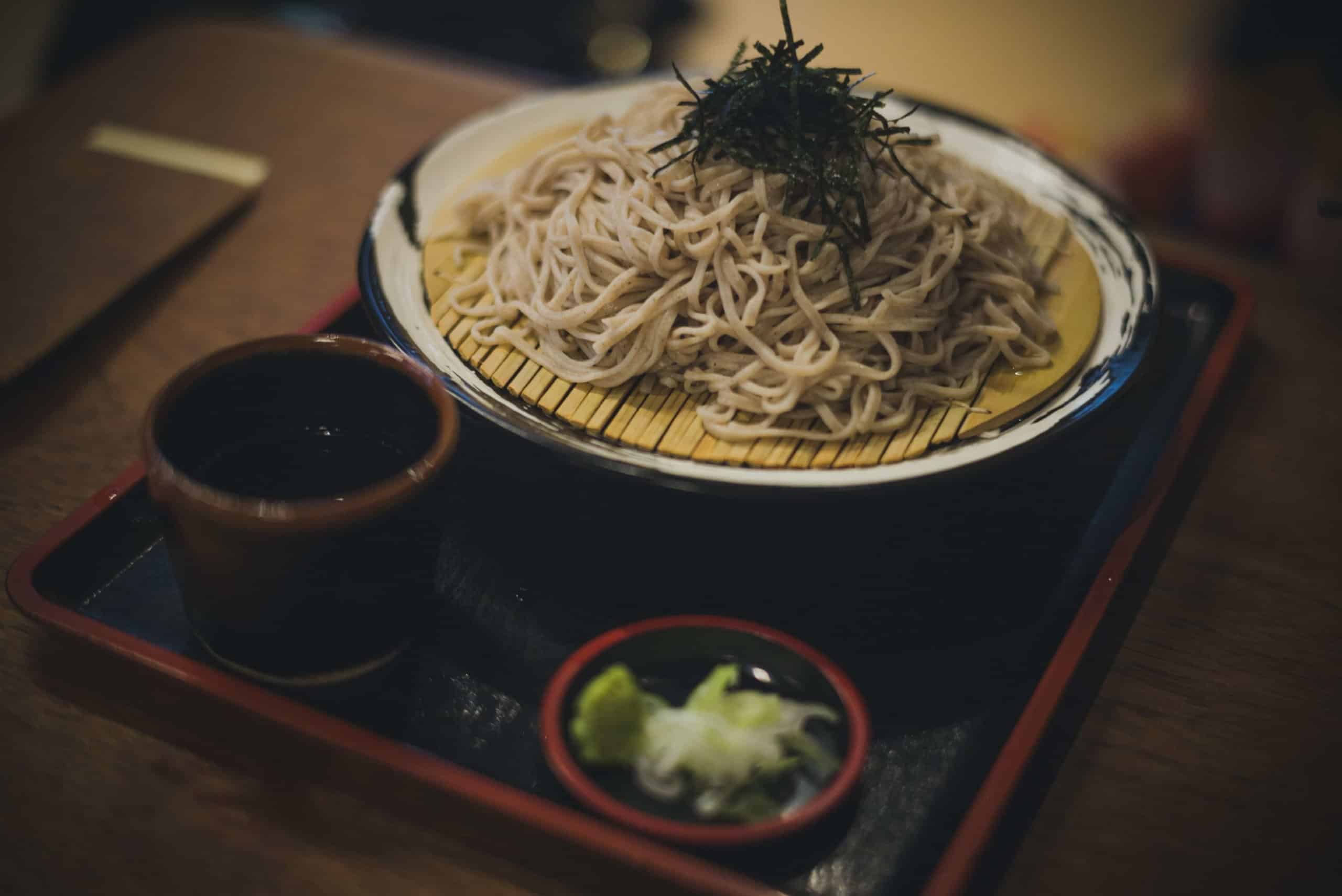
Dietary Restrictions Are Not Always Accommodated in Japan
Let’s get the bad news out of the way first.
Apart from the challenge of looking out for ingredients you may not be familiar with (and the fact that you probably don’t speak or read Japanese), one of the main obstacles you can expect to face as you travel around Japan is that dietary needs are simply not always catered to.
If you’re from the US or Australia, or any other country where dietary restrictions are common, this may come as a surprise.
But it’s true: Unfortunately, special dietary requirements – even serious food allergies – will not always be accommodated in Japan.
(If you’re accustomed to having your dietary needs catered to wherever you go, it can be hard to wrap your mind around this.)
One of the main reasons for this is that food allergies and dietary restrictions are not widely discussed in Japan.
In Japan, it is far less common for people to have or voice special dietary needs. Because of this, fewer people are familiar with special diets that may be common in your home country (for example, eating vegan or gluten-free).
In cities like Los Angeles and Sydney, if you inform your server that you don’t eat gluten or animal products, chances are that your message will come across loud and clear, and you’ll receive guidance on which options you can safely eat.
But while awareness of dietary requirements has increased in recent years, particularly in cities like Tokyo and Kyoto, it’s far from common knowledge in Japan, and even less understood in rural parts of the country.
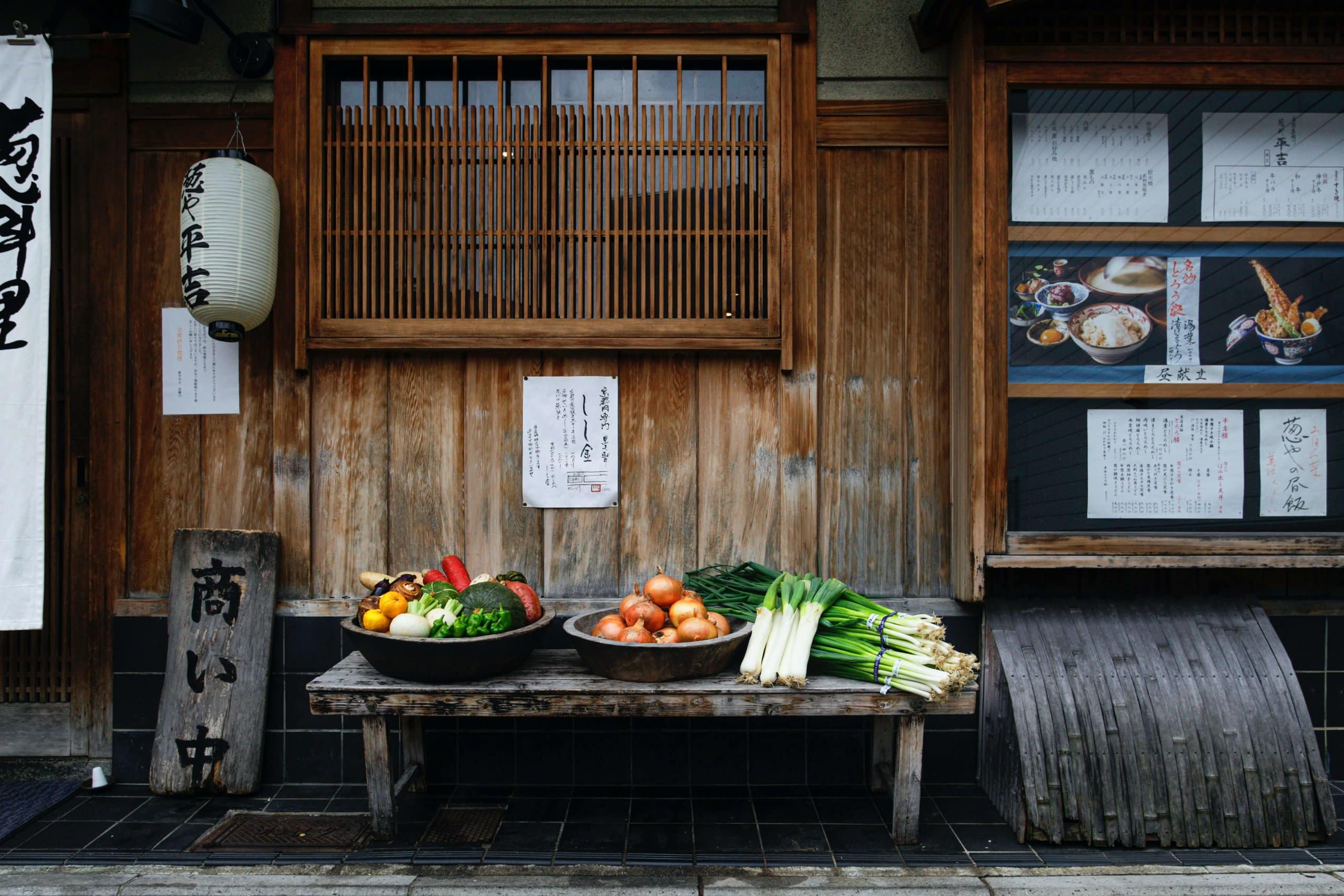
Explaining Your Dietary Needs in Japan
As you explore Japan, you may find yourself in the position of having to explain your dietary requirements more often, and in more detail, than you’re used to.
Simply stating that you have celiac disease, or don’t consume animal products, likely won’t suffice. A greater degree of explanation is required to clearly convey specifically what you can and cannot eat or drink.
If you don’t speak Japanese, this can be a challenge, and it’s helpful to learn some key words and phrases to help you along the way.
Our free digital Japanese phrasebook includes useful general words and phrases, such as “I can’t eat ___” and “I’m allergic to ___“:
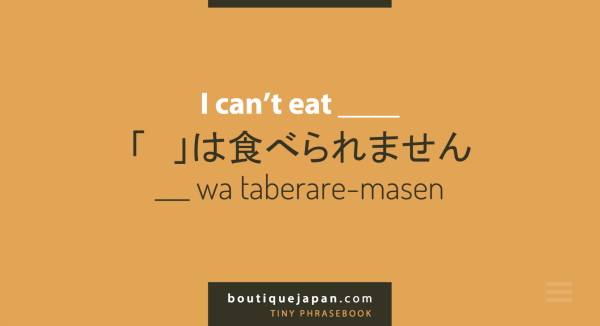

Allergens Commonly Found in Japanese Foods
To help fill in the blanks, it’s a good idea to become acquainted with some of the foods and ingredients you may need to avoid during your Japan trip.
Ubiquitous Japanese Ingredients: Dashi and Soy Sauce
The two most common Japanese ingredients that come up as potential issues for our travelers are dashi and shoyu (soy sauce).
Dashi (出し or だし) and soy sauce (醤油 or しょうゆ) are found throughout Japanese cuisine, and avoiding them requires special effort.
Dashi stock, which is made from kombu (kelp) and katsuobushi (bonito) fish flakes, is particularly problematic for vegans and strict vegetarians.
Even if you’ve never heard of dashi, chances are you’ve consumed it, as it’s found in countless Japanese dishes, including miso soup.
As for soy sauce, travelers with celiac disease know all too well that most soy sauce contains wheat, and is thus off the table.
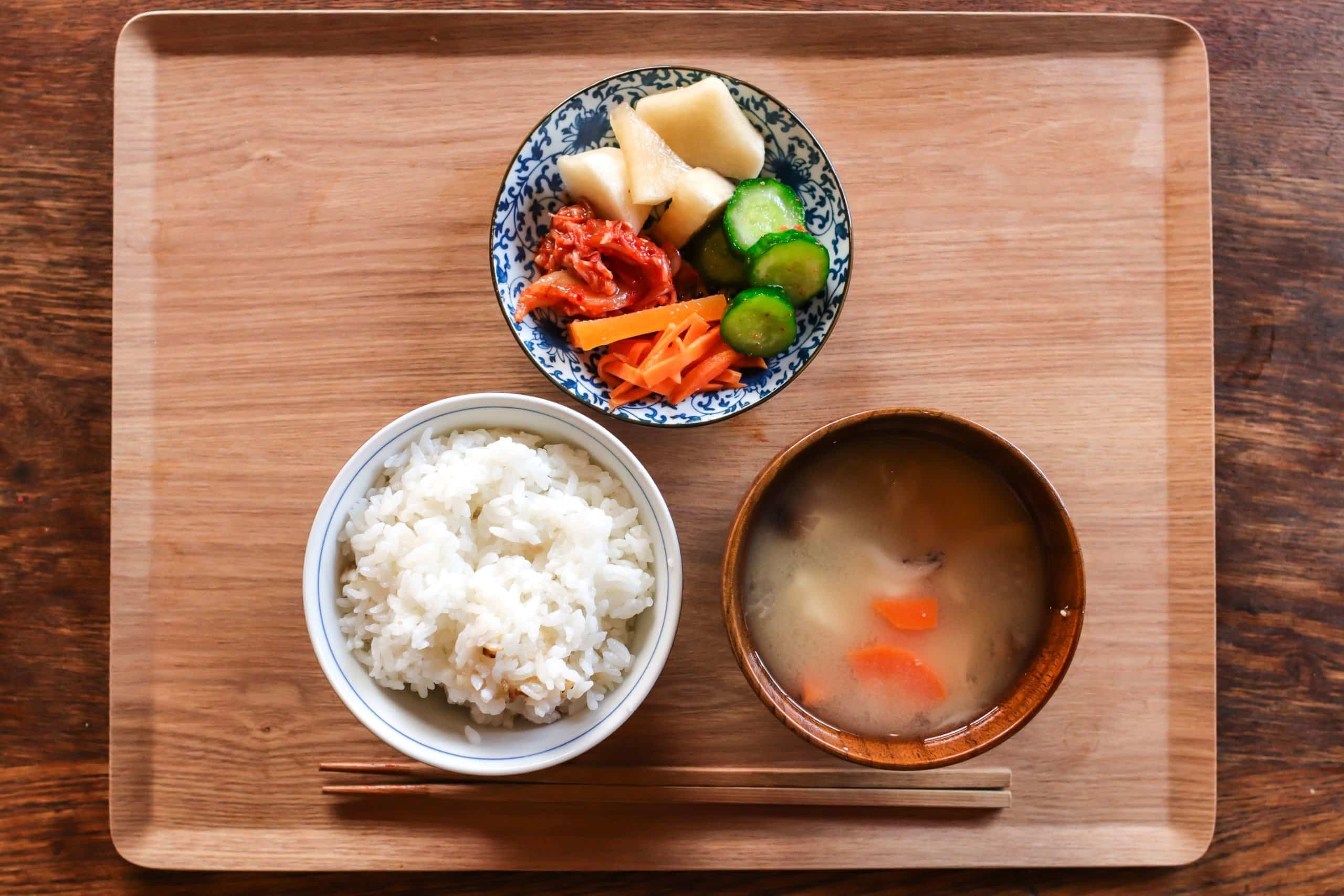
7 Common Food Allergens in Japanese
Along with dashi and shoyu, here is a short list of other common allergens you can expect to encounter in Japan.
Learning the Japanese translations of your allergens can go a long way toward helping you find packaged foods and menu items that may be safe for you to eat.
If you have time to practice before your trip, it can also be helpful to learn the pronunciation of your allergens, though showing the written words in Japanese also comes in handy when you’re unsure whether or not an ingredient will be present in your meal.
|
Allergen |
Romanization |
Kanji |
Hiragana / Katakana |
|
buckwheat |
soba |
蕎麦 |
そば、ソバ |
|
crab |
kani |
蟹 |
かに、カニ |
|
egg |
tamago |
卵 |
たまご、タマゴ |
|
milk |
gyunyu |
牛乳 |
ぎゅうにゅう、ギュウニュウ |
|
peanut |
piinatsu |
落花生 |
らっかせい、ラッカセイ, ピーナッツ |
|
shrimp |
ebi |
海老 |
えび、エビ |
|
wheat |
komugi |
小麦 |
こむぎ、コムギ |
Japanese Etiquette and the Importance of Providing Advance Notice
Advance notice may not be possible if you’re grabbing a meal on the fly. But for special meals and ryokans (Japanese-style inns), it’s essential that you voice your dietary needs at the time of booking.
As explained in our article on sushi etiquette, “If you have any special dietary requests, you need to inform the sushi shop at the time of making reservations – not on the day of your meal.”
This rule applies not only to sushi, but also to other restaurants, izakayas, and ryokans.
Typically these establishments plan their menus in advance, with great care. By explaining your needs when you make the reservation, you are giving them the opportunity to accommodate your needs.
Be aware that because ingredients such as dashi and soy sauce are fundamental to so much of Japanese cuisine, not all restaurants or ryokans are able to alter their menus to fully exclude them.
If your request is declined, it may be that dashi or soy sauce (or another “problem” ingredient) is simply an inextricable part of the menu, and cannot be excluded or substituted for another.
Despite the challenges, an increasing number of restaurants, izakayas, and ryokans are happy and willing to do their best to accommodate a variety of dietary needs.
It’s true that there is a possibility your reservation may be declined if the chef feels they can’t properly accommodate your request. On the other hand, failing to inform them would be extremely inconsiderate, and a major etiquette faux pas.
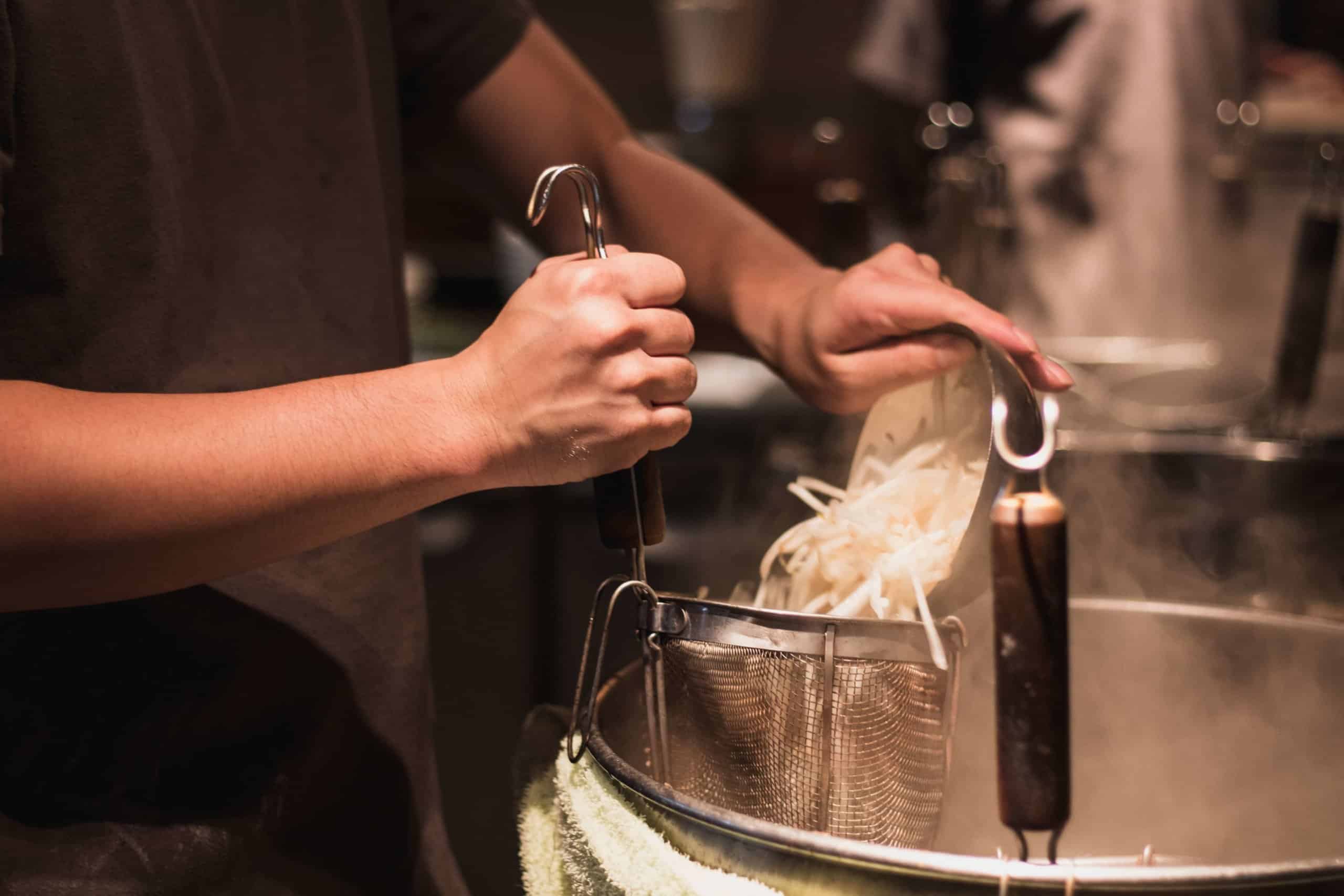
Additional Resources
Traveling through Japan with dietary restrictions is harder than most people expect, but most travelers will agree it’s worth the effort. To help you on your trip, here are some additional culinary resources.
Visiting Japan with Celiac Disease
If you have celiac disease, by far the best resource we’ve seen is The Essential Gluten Free Guide to Japan, by the insightful Jodi Ettenberg of Legal Nomads.
Legal Nomads also offers an indispensable Gluten Free Restaurant Card in Japanese.
Traveling Through Japan as a Vegan or Vegetarian
It’s quite possible to enjoy delicious meals and find vegan and vegetarian restaurants, particularly in urban centers like Tokyo and Kyoto.
However, Japan’s deep connection to the sea means that many of its most well-known dishes contain seafood. Ingredients like dashi (see above) and bonito (fish flakes) are common Japanese staples.
While not necessarily “foolproof,” one wonderful type of cuisine to seek out is shojin ryori (traditional Buddhist food). A typical shojin ryori meal is virtually certain to be vegetarian, though it’s not always strictly vegan.
If you need a quick solution on the go, convenience stores (such as 7-11, Family Mart, and Lawson) typically carry a variety of prepared foods and packaged snacks, many of which may suit your dietary needs.
Helpful Links
To complement our tips above, here are some helpful links for travelers who eat vegetarian, vegan, kosher, and halal:
- Health Food, Vegetarian & Vegan Restaurants in Japan
- How To Eat Like A Buddhist Monk
- Kyoto’s Best Vegetarian Restaurants
- A list of kosher foods, and their Japanese names
- Halal Food in Japan (Basics for Muslim Travelers in Japan)
We hope this introduction to traveling around Japan with dietary requirements helps you prepare for, and better enjoy, your trip to Japan!
Looking for Authentic Japanese Culinary Experiences?
Every traveler (and trip!) has a unique blend of bucket-list experiences, must-try foods, and destinations to explore. We have resources that can help you plan a once-in-a-lifetime trip – so you can enjoy Japan’s extraordinarily varied and delicious cuisine.
Start by checking out our sample travel itineraries and learning about our process of crafting customized trips for travelers seeking unique, authentic experiences.


